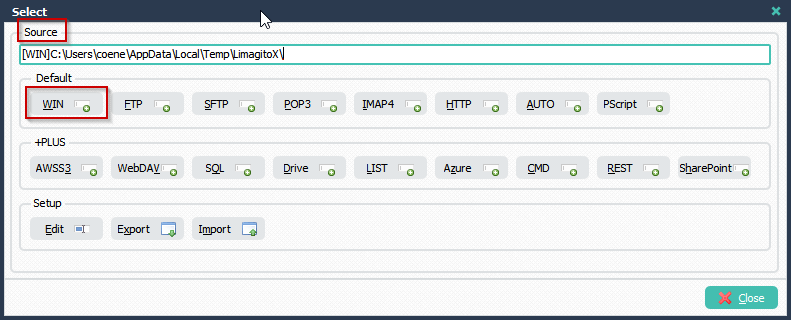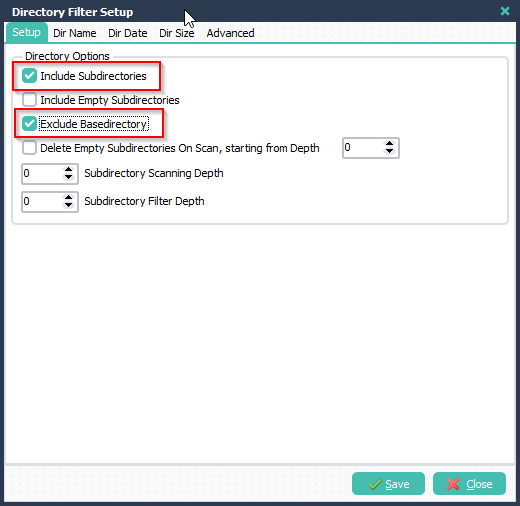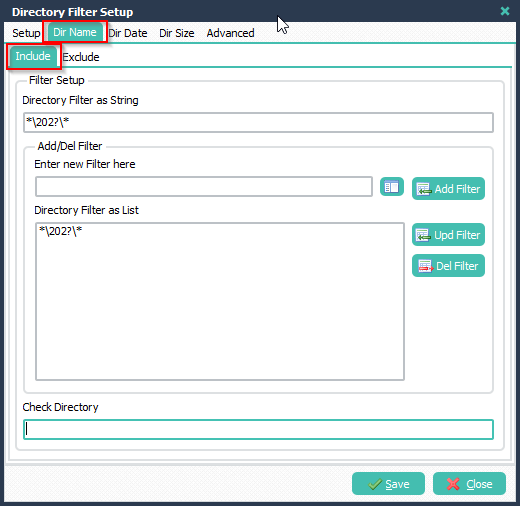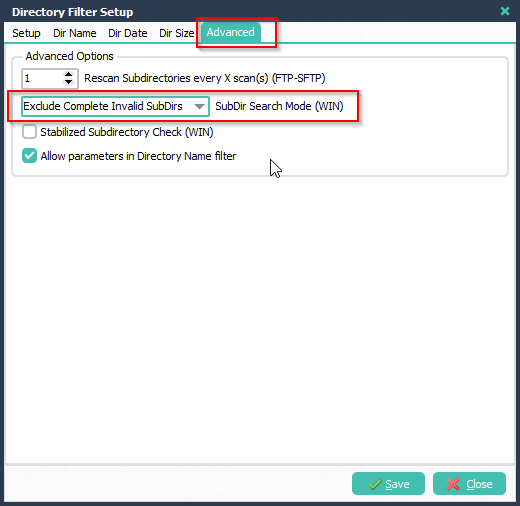Q: I would like to log the create date of the file being moved. Can you please advise if there is a way filemover can be setup to log the create date of the file being moved. As of now we don’t see this info in the log file. Is there a setting in the app that we can tweak to control what all is logged in the log file?
A: We added some extra Pascal Script functions in version v2020.12.30.0 to achieve this.
Please open the Pascal Script option of your Rule:

Enable and Add the following ‘On Destination’ Pascal Script:
Var
tmpDateTime: TDateTime;
tmpDateStr: String;
Begin
psExitCode:= 1;
// Creation Time
tmpDateTime := psGetCreationTime(psFilePath + psFileName);
tmpDateStr := FormatDateTime('YYYY-MM-DD HH:NN:SS', tmpDateTime);
psLogWrite(1, '', 'Creation Time of ' + psFilePath + psFileName + ': ' + tmpDateStr);
// Creation Time Utc
tmpDateTime := psGetCreationTimeUtc(psFilePath + psFileName);
tmpDateStr := FormatDateTime('YYYY-MM-DD HH:NN:SS', tmpDateTime);
psLogWrite(1, '', 'Creation Time Utc of ' + psFilePath + psFileName + ': ' + tmpDateStr);
// Last Access Time
tmpDateTime := psGetLastAccessTime(psFilePath + psFileName);
tmpDateStr := FormatDateTime('YYYY-MM-DD HH:NN:SS', tmpDateTime);
psLogWrite(1, '', 'Last Access Time of ' + psFilePath + psFileName + ': ' + tmpDateStr);
// Last Access Time Utc
tmpDateTime := psGetLastAccessTimeUtc(psFilePath + psFileName);
tmpDateStr := FormatDateTime('YYYY-MM-DD HH:NN:SS', tmpDateTime);
psLogWrite(1, '', 'Last Access Utc Time of ' + psFilePath + psFileName + ': ' + tmpDateStr);
// Last Write Time
tmpDateTime := psGetLastWriteTime(psFilePath + psFileName);
tmpDateStr := FormatDateTime('YYYY-MM-DD HH:NN:SS', tmpDateTime);
psLogWrite(1, '', 'Last Write Time of ' + psFilePath + psFileName + ': ' + tmpDateStr);
// Last Write Time Utc
tmpDateTime := psGetLastWriteTimeUtc(psFilePath + psFileName);
tmpDateStr := FormatDateTime('YYYY-MM-DD HH:NN:SS', tmpDateTime);
psLogWrite(1, '', 'Last Write Utc Time of ' + psFilePath + psFileName + ': ' + tmpDateStr);
End.
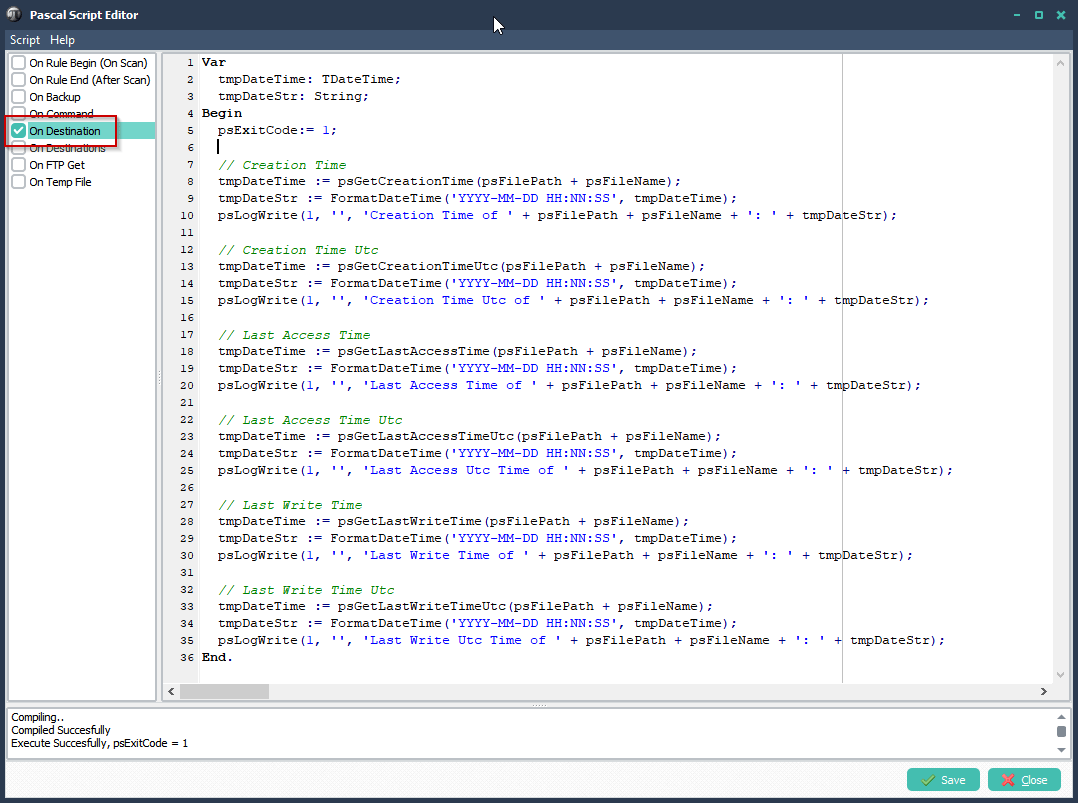
RunTime Log Result:

In the example we added ‘Creation Time (Utc)’, ‘Last Access Time (Utc)’ and ‘Last Write Time (Utc)’. You can, of course, remove the parts you do not need from the Pascal Script.
If you need any help with this ‘log the create date’ request, please let us know.
Best Regards,
Limagito Team

